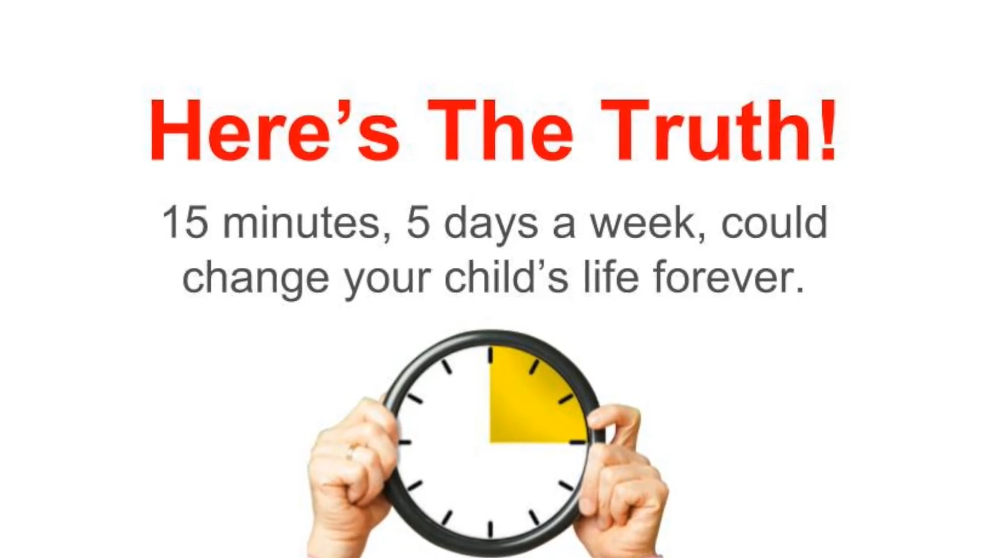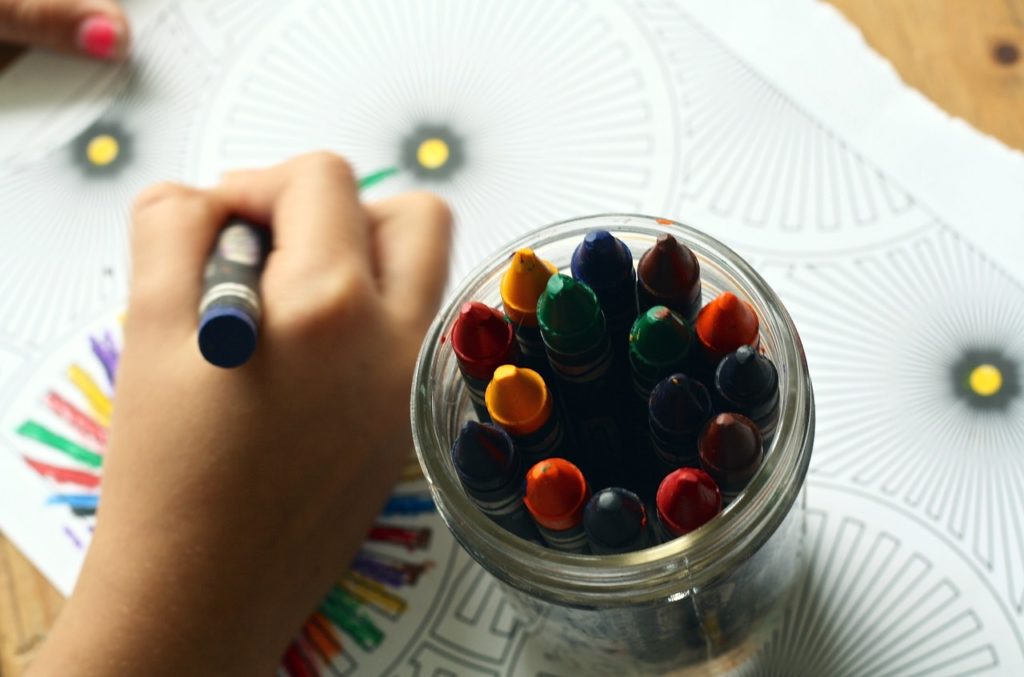Fine Motor Skills, Fun Activities & Games
Gift Wrapping to Help Your Child With Fine Motor Skills Development
We see messages all the time. Parents crying out to help their child, not realising the symptoms stem from a need for extra attention to fine motor skills development.
If you have a child who struggles with fine motor skills, you know that these parents’ struggles are REAL.
It’s uncanny that fine motor skills development in children and handwriting deficiencies are one of the most common reasons children get referred to Occupational Therapy.
As a parent and an occupational therapist, I am always happy to find ways of combining therapeutic activities with daily routines or necessary chores.
So, with the holiday season in full swing, I am reminded of the fun I had with my own children teaching them how to wrap presents. This year, I’m assigning a new exercise to all of my clients and their children to develop fine motor skills. I would love to know how this exercise goes – would you like to try it too?
Here’s the fine motor skills development exercise:

Let your child participate in at least two 15-minute sessions of helping you wrap holiday gifts.
15 minutes of fine motor skills development each day in fun and creative ways is all it takes to give your child a significant boost in the handwriting department.
That’s it!
Copying lines from a book is boring, repetitive, and not motivating to children who need the fine motor skills development. Think about it – if you know you need to lose weight, would you rather jog in place for an hour or do an hour of salsa dancing with your spouse?

What exactly are fine motor skills?
Fine motor skills are those skills we humans develop that involve a refined use of the small muscles that control the wrist, hand, fingers, and thumb.
When find motor skills are developed properly they allow one to be able to carry out tasks such as:
- writing,
- drawing,
- holding small items,
- buttoning clothing,
- turning pages,
- eating,
- cutting with scissors, and
- using computer keyboards.
Mastery of fine motor skills requires precision and coordination.
Handwriting depends on fine motor skills development. This is so that the hand is able to control the pencil well enough to form letters. It is also so that the correct pressure of the pen on the paper is possible.
Fine motor skills develop after gross motor skills. Gross motor skills are those which control actions like throwing and kicking balls, as well as walking and jumping. Gross motor skills utilize larger muscle groups. So, they require less precision.
How do we observe that a child has issues with fine motor skills development?
Occupational Therapists look at the foundation of development when we see problems with the fine motor skills. As OT’s, we are looking for the reasons why fine motor skills are not optimally developed.
And we often find that a number of the skills that precedes the development of fine motor skills are at risk or deficient. These skills are called the sensory motor skills. They include posture, balance, eye hand coordination and much more.
The following points are some indicators that a child might have challenges with fine motor skills development:
- Avoids tasks that involve fine motor skills.
- Using too much or too little pressure when handling objects such as pencils.
- Difficulty staying in or on lines when colouring or writing.
- Difficulty to stay in a seated position at a table for periods of time; needs to move or to rock in the chair.
- Clumsy hand and finger movements, incorrect pencil grip.
- Doesn’t use the two hands cooperatively as when buttoning clothing.
- Avoids cutting and/or challenges to stay on line and/or challenges to control the paper and the scissors when cutting.
How do Sensory Motor Skills play a role in establishing handwriting skills?
Research shows that there are a variety of physical activities and movement that play a critical role in the development of skills required for establishing fine motor skills and proficient handwriting.

These types of activities are known as sensory motor skills – and this is the area of childhood development in which I have specialized for over 40 years.
So, these sensory motor skills are those that most children progress through naturally in everyday movements.
Without hitting each of these milestones, fine motor skills (such as handwriting) will not develop naturally and properly. Therefore, they need extra practice and encouragement every day.
- Strong Upright Posture to provide support the use of the arms, hands and fingers
- Effective shoulder control to create coordinated arm movements
- Bilateral Integration – is the ability to use the arms, and in fact, the two sides of the body, in a coordinated manner
- Crossing the Mid-line – an imaginary line down the centre of our body
- Fluid Arm Movements
- Precise Finger Control and Movements
- Appropriate Grasp/Grip
- Spatial Awareness – knowing where our bodies are in space
- Letter Formation – the ability to clearly form letters in the right shape and form
- Seated Endurance – is the skill to sit still, in the correct posture, for a long time
How can wrapping gifts act as a therapeutic exercise to develop fine motor skills?
In most cases of fine motor skills development, practice does, in fact, make perfect.
Using the same muscles can help children develop muscle memory. So the tasks are performed almost automatically without much effort.
For example, mastering the many buttons on a video game controller takes practice. But kids are happy to practice, aren’t they?
Have any of you tried playing your kids’ games? I feel like a fool, hitting one button every 3 seconds, while my grandkids have already lapped me in a race.
Some of the basic activities (that may not be as fun as video games) that 5-6 year-olds should be able to master with practice include:
- Cutting out simple shapes.
- Coordinating hands to brush teeth or hair.
- Dressing and undressing independently (excluding shoe laces).
- Writing numbers 1-10 independently.
- Self-generating letters independently.
- Copying a triangle.
- Colouring within the lines.
- Holding a pencil with a 3pt grasp and generate movement from fingers.
- Cut and paste projects.
- Drawing basic pictures.
- Opening zip lock bags, containers and lunch boxes.
- Using a knife and fork for soft foods.
- Completing a 20 piece puzzle.

Note: It is most important to look out for problems with the underlying and foundational sensory motor skills such as posture, balance, gross motor skill development and muscle tone. If the child has issues with foundational skills, they will in turn have a difficult time to develop fine motor skills.
Finding fun activities that incorporate these types of movements, such as wrapping presents, is an important and effective way to develop fine motor skills. Most of these use bilateral coordination, pincer grasp, hand-eye coordination, and more.
Fun activities for fine motor skills development
Scissor-work 1:
Let your children use scissors to cut the piece of gift wrap where you have marked it.
Tearing the tape:
Tape is tricky for little fingers! It’s such a great chore to develop fine motor skills.
I like to let the little ones tear off 4 or 5 pieces at a time (and stick it to a nearby table edge for safe-keeping). This way they can have some repetitive practice.
Plus, when it’s time to use the tape, they can keep one hand on the gift box and the other can simply snatch a piece of prepared tape in one motion.
If you’re using a tape dispenser, demonstrate how to lift the tape off the cutter, pull straight out, and then pull down and slightly to the side to cut it.
If you’re using a simple roll of tape, you may have to help get the edge lifted off the roll to get them started.
Tissue Paper Tricks:
Tissue paper is a bit more forgiving for first-time gift wrappers. Use several layers for more coverage and less tearing, and let your little one try wrapping unusually-shaped gifts with it instead of traditional paper.
You can even try wrapping small gifts like candy by rolling them up and twisting the ends like a candy wrapper.
Decorate plain gift bags with stamps & stickers: Pressing a stamp into ink and rolling it gently side to side to make the full image is a great way to fine-tune hand movements.
Peeling stickers takes a lot of tactile precision as well. If your child isn’t able to manage regular stickers, try thicker, foam stickers.
Writing Labels:
Labeling gifts is great handwriting practice. Each label is only a few words, and kids typically prefer using large, colourful markers to practice their handwriting than sitting at a desk with a pencil on paper.
Choose a short phrase to accompany each gift, so he or she has a bit of repetition to work with. For example, “Merry Christmas!” or “With Love from The Smiths!”
Tying Ribbons:
Learning to tie shoelaces is hard, let’s face it. And when you’re running late in the morning is not the perfect opportunity to let your children practice this skill. So, practicing a few times with larger, easier-to-manipulate ribbon during gift-wrapping sessions is a great way to set aside time for this important life skill.
One trick from a mum is to tie a few knots in a piece of ribbon before you get started and ask the child to untie the knots first. Untying knots is a bit easier conceptually for a child, while helping to develop fine motor skills and strengthening those little finger muscles.
Affixing Bows:
Pre-made bows are fun and challenging to peel-and-stick, and a great way to put the finishing touches on your gift-wrapping.
Bonus tip: There is an adorable episode of Elmo’s World called “Birthdays,” in which Elmo’s friends show children different ways of wrapping presents. There’s a particularly cute segment in which Mr. Noodle tries over and over to wrap a gift which has the little ones laughing. It might be a fun way to initiate the idea of wrapping gifts together.
The key note here is that fine motor skills in children and handwriting develops after the building blocks within the sensory motor development phase are in place. If there are gaps in development, those gaps need to be filled in order for the child to grow and develop further.
A child with poor handwriting suffers not only in the actual task. Self-esteem, confidence and the ability to show off their knowledge is all impacted upon.
Want more 15-minute motor skills exercises for daily practice with your child at home?
If we haven’t met, I’m Marga Grey. I’m a pediatric occupational therapist, specializing in sensory motor skills development for over 40 years.
Over the years, I’ve put together an amazing team of OTs, teachers, childhood experts, and mums in an organization called CoordiKids.